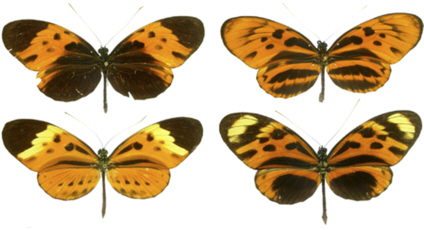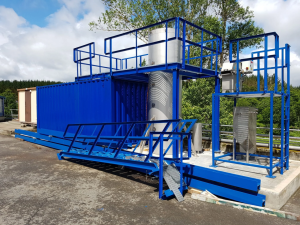The asteroid that wiped out the dinosaurs brought with it several lessons on how to survive as an organism. We see today that the organisms who can trace their ancestry through DNA to those in the Jurassic era, survived mostly because there was a lot of genetic variation within their genus and species. What variations offered then is what it offers now, an opportunity to survive challenges that would otherwise wipe out a homogenous group.
The built environment is synonymous with the world of the living. Intact, there are enough similarities to assert that the built environment could be treated like any biological ecosystem with characteristics that mirror each other. For instance, buildings can be viewed as organisms with various internal structures which contribute to its functionality and longevity. Architectural elements define how the organism looks and what it does, structural members define how much the organism can resist natural forces, while services members define its “physiology”.
In a similar manner as variation is important in the natural world, we find variation present in the built environment. We even find an evolution of sorts in the built environment that parallels that of the natural world. From mud houses to stones house to concrete houses; from the invention of steel and its effect on architecture, to the invention of plastic and how that revolutionized water transportation, we find epochs where the built environment we know, morphs into one that we can barely recognize, but serving us as it has always done.
In urban settings for instance, we find houses built with steel surviving longer than those built without. We also find that steel as an element is becoming more prominent in buildings. Sure, steel is a durable material; cheap and readily available. We can be certain of its survival in its current role as we are of the dinosaurs being here today. Whatever role steel plays, we need variation in the materials that can play that role.
Similarly, we need variations in the roles that plastics currently play. From pipes to tiles, such variations offer opportunities to reduce our carbon footprint while offering a way to recycle or up cycle plastic waste even as we transition away from the more harmful plastics currently in use.
At every opportunity in the design process at Morks Reid, we ask ourselves how we can contribute to variations in the built environment. We experiment with new technology, and stay at the cutting edge of sustainable technology. Not only that, but we look at old technologies that work, and find ways to make them relevant in this 21st century.


